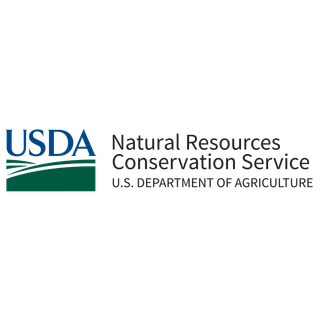Watch Spring Valley Cattle's conservation success story
Whether it’s land or livestock, Lance Gartner believes it’s best to look at nature and emulate it. As owner of Spring Valley Cattle, he extends his calving season late into May and grazes most of the winter. That’s working with nature, rather than against it.
Lance has created a low-input ranch that is economically and environmentally resilient with a diverse, no-till cropping system, and reduced labor, fuel and other input costs required to raise beef cattle.
Innovative grazing and cropping strategies have allowed Spring Valley Cattle to nearly double production from its 5,000 acres, reducing the need for more land and the costs associated with it.
Lance’s grazing strategies typically allow him to leave taller grass on the land, which makes the landscape more drought tolerant. Better managed grasslands are more ecologically productive. Cross fencing has been used to increase the number of grazing cells on the ranch from 14 to 88 since 2005. This was made possible by the installation of solar water developments across the ranch to provide reliable access to drinking water for livestock and wildlife.
Spring Valley Cattle has partnered with local, state and federal agencies and programs to install conservation practices such as reseeding more than 410 acres of crop fields with native grasses.
Spring Valley Cattle’s herd is grazed as long as winter weather cooperates, with hay typically fed for just five weeks when the snow is deepest. Lance distributes hay bales to parts of the ranch that will benefit most from the nutrients in cattle manure. The herd has adapted to these unique winter grazing techniques, and Lance reports better herd health, a healthier range, and a reduction in the concentration of manure on the landscape.
On his 400 acres of alfalfa, rye and oats, Lance uses no-till cropping methods and a diverse rotation of cover crops to promote water infiltration, reduce erosion and control weed species. Cover crops such as sorghum and sudan grass are grazed, which helps break up soil compaction and increase water and mineral cycling.
For more than a decade, Spring Valley Cattle has not used synthetic fertilizers on crops. Instead, rye and oat crops are paired with a companion legume such as peas or hairy vetch. The legumes naturally supply the rye and oats with the nitrogen they need to grow, which keeps input costs low. These are the types of innovative approaches Lance shares with others as a member of the Grazing Lands Coalition Mentor Network.
In its nomination of Spring Valley Cattle, the Morton County Soil Conservation District wrote that whether during a ranch tour, as a guest speaker, or a one-on-one monitoring session, Lance’s message is “honest, raw, and full of things that worked well and those that didn’t.”
Spring Valley Cattle provides a blueprint for how a family-run ranch can embrace a more sustainable model of land improvement. It shows that farms and ranches can retain their size yet produce more to meet the needs of feeding a growing population.

The Lance and Anissa Gartner Family








